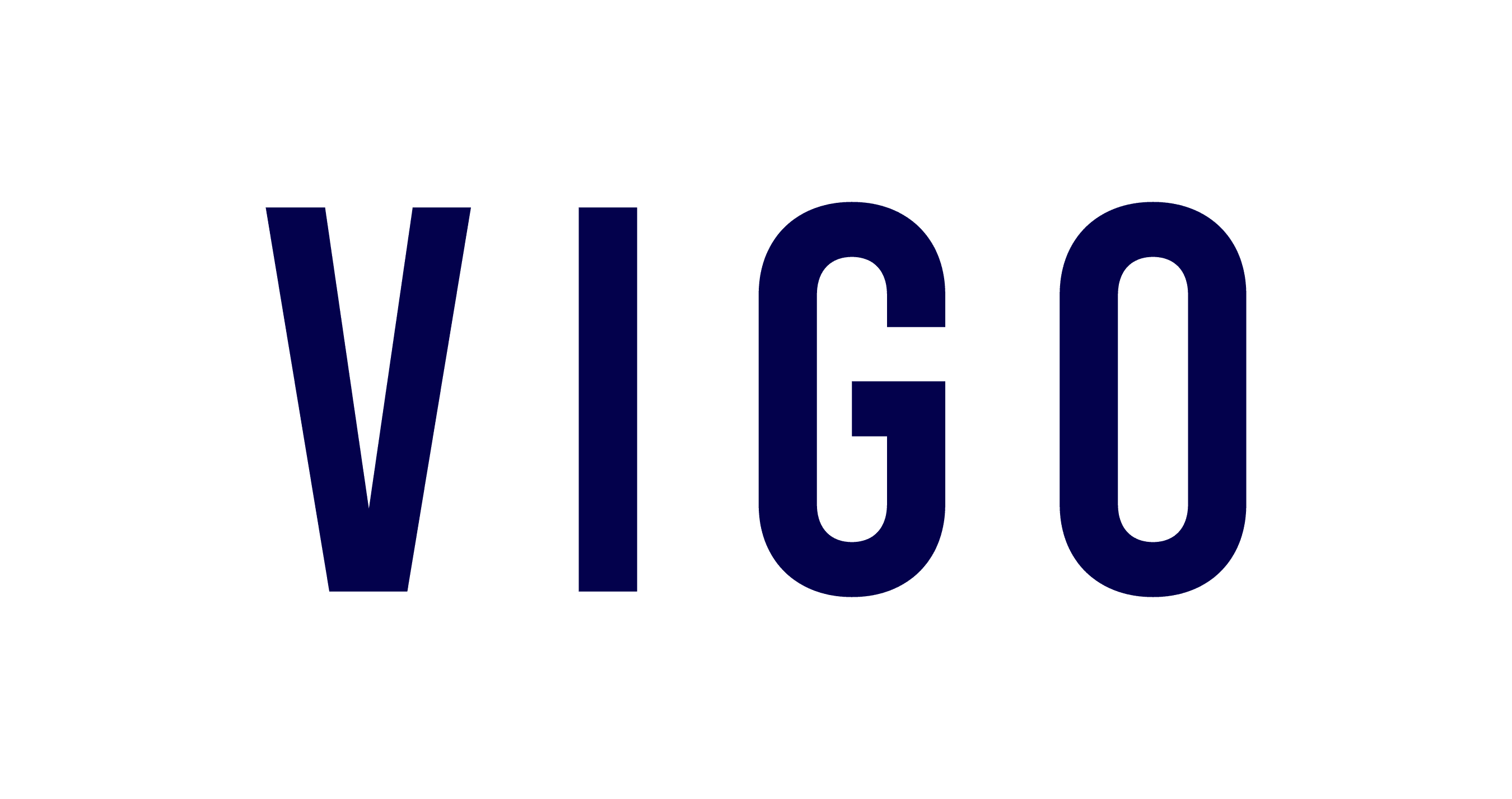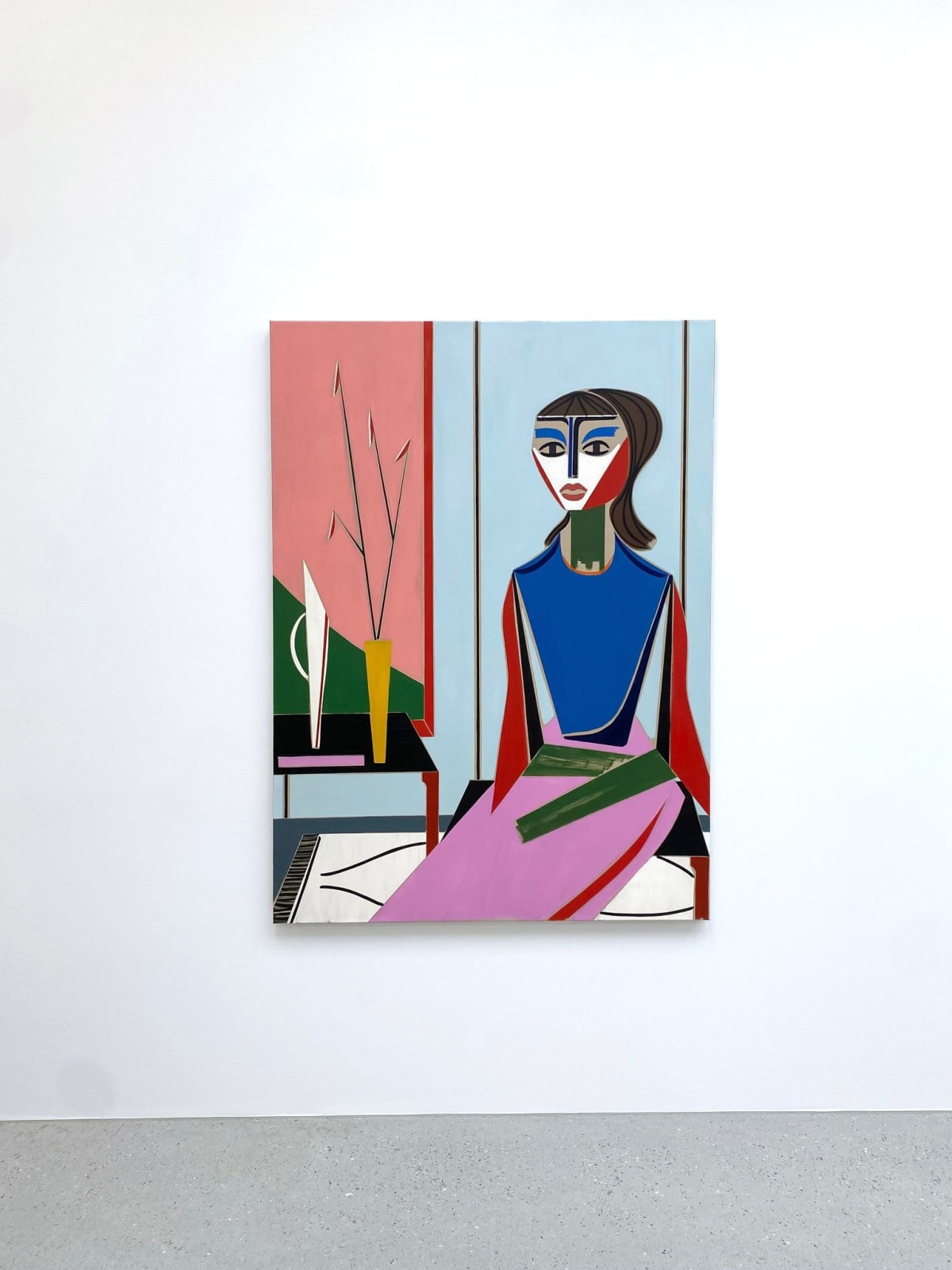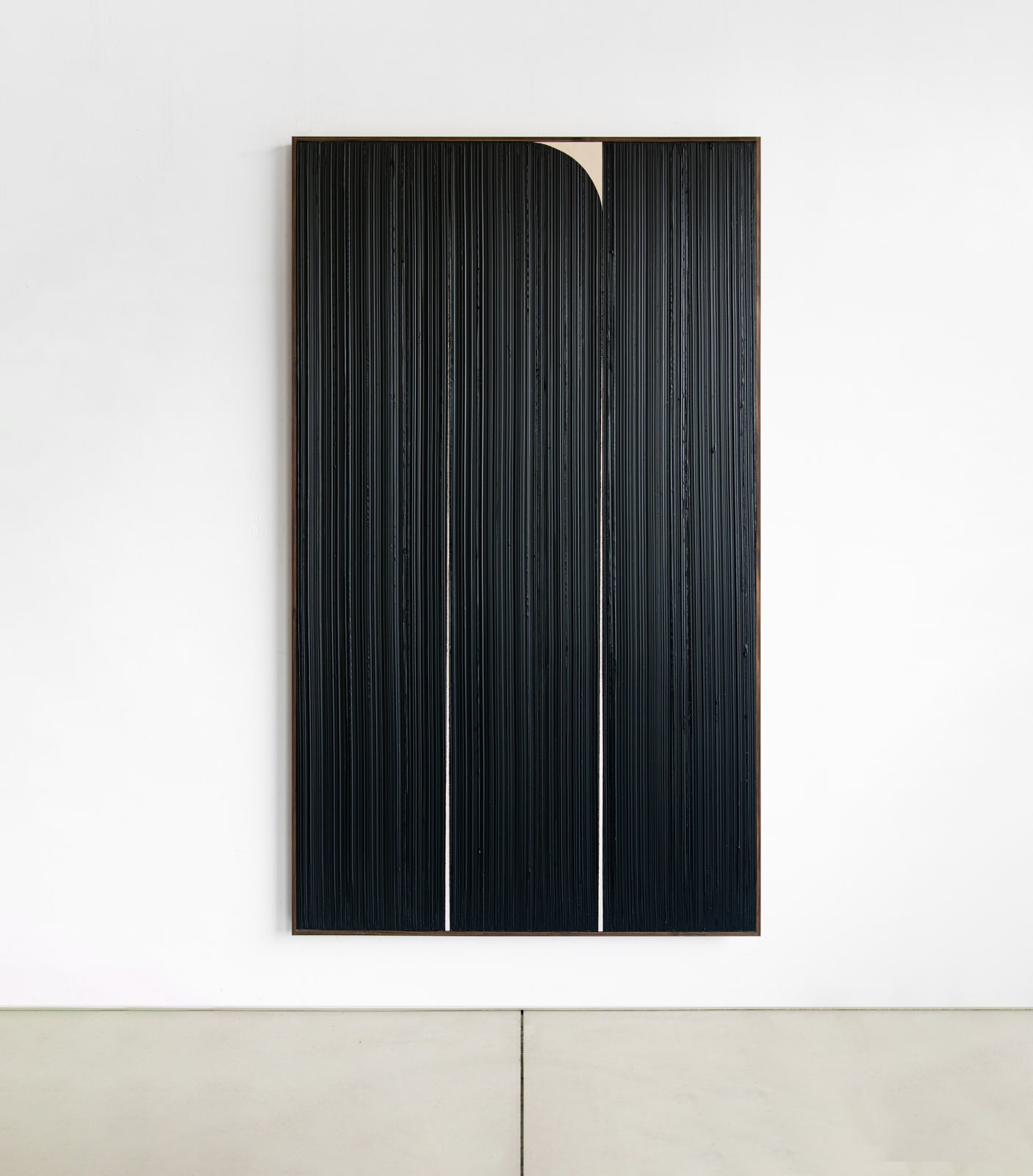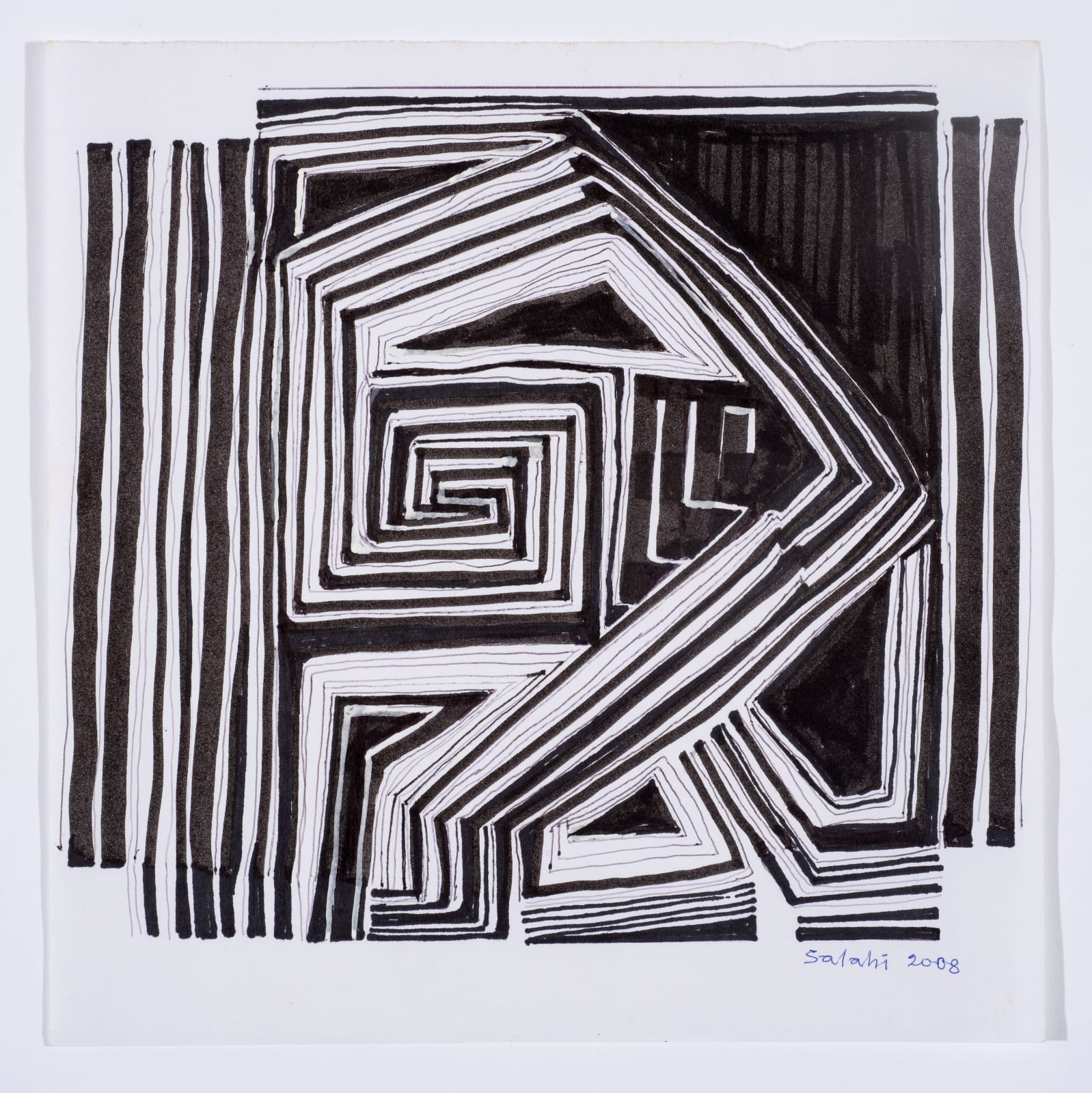The Armory Show, New York
VIP Preview: 4 September
5 - 7 September
Javits Centre
429 11th Avenue
New York, NY 10001
Johnny Abrahams (b. 1979, Tacoma, WA) lives and works in London and New York. He has exhibited extensively in the UK and internationally, in the US, Korea, Denmark and Belgium. Deceptively simple, Abrahams' paintings present a unique vocabulary of satisfying meditative yet rhythmic shapes rendered with a rich texture which plays strongly with the negative space of the raw canvas. The symbols within Abrahams’ practice exist under a certain formalism, the different planes conveying near-musical patterns, oscillating between comfort and dissonance to form melodic variants. The forms within the compositions and the variations between individual paintings are experienced in the way microtones are experienced by a musician using a twelve-tone scale. The shapes seem familiar yet slightly askew, creating tension and drama through the disruption of self-imposed structures. This play of chance reflects the artist's interest in the meeting of atoms; the contact between paint and canvas exacting a game of destiny. Thinking through this rhythm and phasing, the artist continues his exploration of balance without symmetry.
Henrik Godsk (b. 1975, Hjørring, Denmark) lives and works in Denmark. Godsk is of seventh generation travelling heritage, having grown up among the world of his family’s funfair in Denmark and Norway. His practice reflects pride in his upbringing and cultural identity, fusing folkloric and high art, using portraits and ‘creatures’ as vessels for his exploration of colour and form. The formal components of the artwork are a direct result of the artist's time spent as a child painting and renovating the panels and façades of these rides. At twelve, he began to design and paint them himself; at fifteen, he came across books about Picasso and Modigliani, the latter’s elongated necks and distorted, flattened proportions heavily influencing Godsk’s current oeuvre. Then at 23 he left fairground life to become an artist. The controlled brushwork, geometric lines, flat surfaces, and tight compositions of his cubistic portraits act as a conduit for his personal exploration of classically modernist forms. By playing with artistic conventions of the past, Godsk offers a refreshing take on portraiture through the lens of his cultural upbringing and love of twentieth-century modernism.
Samuel Bassett (b. 1982, St. Ives, United Kingdom) is a British artist living and working in Cornwall, where his family line has long existed as part of the fishing and mining communities. Living in a small, rural community in Penwith, near Penzance in Cornwall, hos work is intensely personal. The paintings reflect and document his multi-layered, psychological, and physical experiences within his community, and his journeys both physical and mental over the last the last few years. His move from St Ives has offered a slower, more contemplative existence and the subsequent narratives take in the vagaries of general village life. Time stretches, with figures observed across weeks; people praying, walking, swimming, urinating in fields, picking crops, and clearing land. Yet all the time snippets of past memories come back to infiltrate this calm. Each painting seems to include many chapters of a story, mixed with quotes from the past and present.
Ibrahim El-Salahi (b. 1930, Sudan) is one of the most important living African artists. A key figure in the development of African Modernism, he grew up in Omdurman, Sudan and studied at the Slade School in London. On his return to Sudan in 1957, he established a new visual vocabulary which arose from his pioneering integration of Sudanese, Islamic, African, Arab and Western artistic traditions. Since 2016, Sudanese Oxford-based artist Ibrahim El-Salahi has created an extraordinary body of work from the comfort of an armchair, refusing to let physical restriction limit his ambition. He has produced around 200 tiny, but incredible drawings in pen and ink created on the inside cardboard of his medicine packets and on the backs of envelopes after consuming their contents. The ‘Godfather of African Modernism’ says the act of creating these drawings is the only time he really has relief from the pain he experiences from his chronic sciatica and Parkinson’s pain. These were drawings in their own right, but they were also seeds for a very ambitious project. El-Salahi wanted to make larger-scale work despite his physical constraints and achieved this by using these drawings as a nucleus from which to create large, unique mono-print paintings transferred by screen from the drawings.












